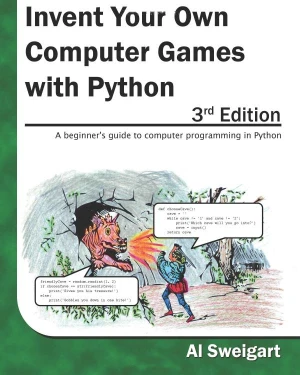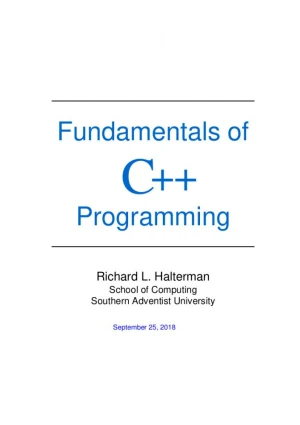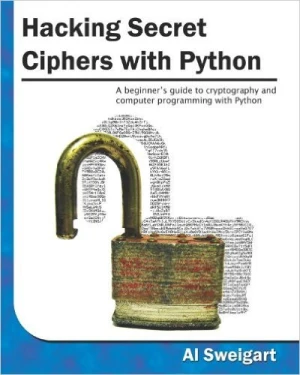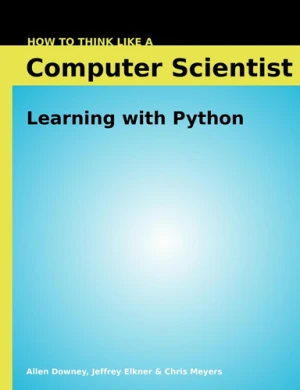Fundamentals of Computer Programming with C#


Book Details
| Author | Svetlin Nakov |
| Published | 2013 |
| Edition | 1st |
| Paperback | 1122 pages |
| Language | English |
| ISBN-13 | 9789544007737 |
| ISBN-10 | 9544007733 |
| License | Creative Commons Attribution-NonCommercial-ShareAlike |
Book Description
This open book aims to provide novice programmers solid foundation of basic knowledge regardless of the programming language. This book covers the fundamentals of programming that have not changed significantly over the last 10 years. Educational content was developed by an authoritative author team led by Svetlin Nakov from the Software University (SoftUni) and covers topics such as variables conditional statements, loops and arrays, and more complex concepts such as data structures (lists, stacks, queues, trees, hash tables, etc.), and recursion recursive algorithms, object-oriented programming and high-quality code. From the book you will learn how to think as programmers and how to solve efficiently programming problems. You will master the fundamental principles of programming and basic data structures and algorithms, without which you can't become a software engineer.
If you want to learn programming and software development and become a software engineer and start a job in a software company, sign-up to learn programming in the SoftUni interactive learning platform for software developers and enjoy the video lessons and interactive coding exercises, which will guide you from coding fundamentals and computer science concepts to modern software technologies and development frameworks.
This book is available under a Creative Commons Attribution-NonCommercial-ShareAlike license (CC BY-NC-SA), which means that you are free to copy, distribute, and modify it, as long as you credit the original author, don't use it for commercial purposes, and share any adaptations under the same license.
If you enjoyed the book and would like to support the author, you can purchase a printed copy (hardcover or paperback) from official retailers.
Download and Read Links
Share this Book
[localhost]# find . -name "*Similar_Books*"
Invent Your Own Computer Games with Python, 3rd Edition
Invent Your Own Computer Games with Python teaches you how to program in the Python language. Each chapter gives you the complete source code for a new game, and then teaches the programming concepts from the examples. Games include Guess the Number, Hangman, Tic Tac Toe, and Reversi. This book also has an introduction to making games with 2D graph
Introduction to Computer Programming with Python
This introduction to computer programming with Python begins with some of the basics of computing and programming before diving into the fundamental elements and building blocks of computer programs in Python language. From the installation of Python, Python interactive programming, and integrated development environments, to raising and handling e
Fundamentals of C++ Programming
Bjarne Stroustrup of AT&T Bell Labs created C++ in the mid 1980s. C++ is an extension of the programming language C, a product of AT&T Bell Labs from the early 1970s. C was developed to write the Unix operating system, and C is widely used for systems-level software and embedded systems development. C++ initially provided object-oriented programmin
Hacking Secret Ciphers with Python
There are many books that teach beginners how to write secret messages using ciphers. There are a couple books that teach beginners how to hack ciphers. As far as I can tell, there are no books to teach beginners how to write programs to hack ciphers. This book fills that gap. This book is for complete beginners who do not know anything about encry
How to Think Like a Computer Scientist
How to Think Like a Computer Scientist: Learning with Python - is an introduction to computer science using the Python programming language. It covers the basics of computer programming, including variables and values, functions, conditionals and control flow, program development and debugging. Later chapters cover basic algorithms and data structu
Fundamentals of Azure, 2nd Edition
Microsoft Azure is Microsoft's cloud computing platform, providing a wide variety of services you can use without purchasing and provisioning your own hardware. Azure enables the rapid development of solutions and provides the resources to accomplish tasks that may not be feasible in an on-premises environment. Azure's compute, storage, network, an






